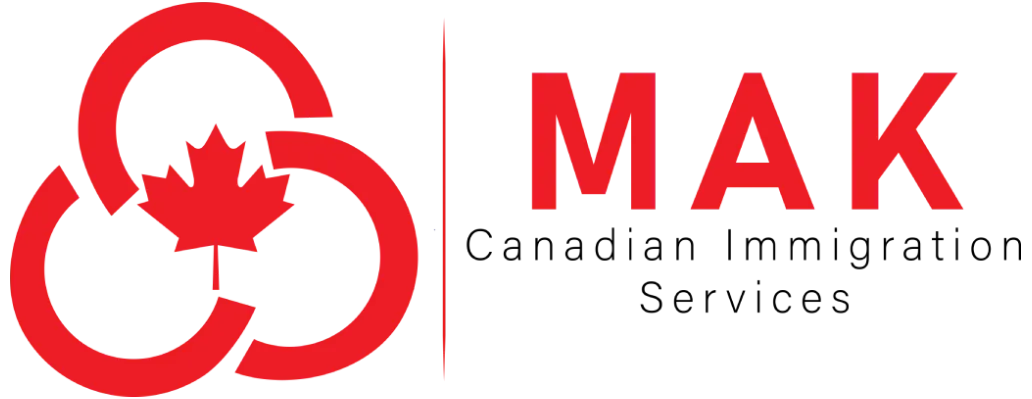There are other immigration routes available in Canada, so don’t worry if you want to become a permanent resident but don’t have a high Comprehensive Ranking System (CRS) score. There is still a viable alternative. If you’re looking for an alternative to the Express Entry system, the Provincial Nominee Program (PNP) may be the best option.
Why Choose the PNP Pathway to Canadian Permanent Residency?
With thousands of profiles in the Express Entry pool and a frequently high bar for CRS scores, many candidates struggle. The PNP offers you another opportunity to realize your Canadian ambition by applying directly through one of the provinces or territories if your profile isn’t strong enough for federal selection.
How Does It Work?
Applying through the PNP involves two main stages:
- Securing a Nomination from a Province or Territory You’ll need to express interest or apply directly to a province’s program, showing you intend to live and work there. Each PNP stream has different requirements, so eligibility depends on factors like your job skills, education, work experience, and more.
- Applying for Permanent Residency Once nominated, you move on to submit your application for permanent residence to the federal immigration authority—Immigration, Refugees and Citizenship Canada (IRCC).
Choosing the Right Stream for You
Canada has over 80 PNP streams, so figuring out where you fit can be overwhelming. Some provinces prioritize tech professionals, while others may focus on healthcare workers, tradespeople, or international graduates. It’s best to either explore each province’s requirements on their official sites or work with a licensed immigration advisor who can help match your profile to the most suitable options.
How Provinces Select Applicants
The nomination process varies based on the stream you are applying to or through. Here’s a simple breakdown:
- Direct Application (Base Stream): You apply on your own directly to the province, and if approved, they nominate you.
- Expression of Interest (EOI) System: As its name implies, you will first provide an expression of interest online. The province reviews interest submissions and issues invitations to the preferred expression of interest applicants to submit full applications.
- Express Entry-Aligned Streams (Enhanced): You are already in the federal Express Entry pool. Provinces can invite you to apply through an Express Entry stream, either actively (you submit an application responding to their invitation) or passively (they nominate you based on your Express Entry profile). In all cases, you must have indicated that you are interested in establishing permanent residence in that province.
What’s the Difference Between Base and Enhanced Streams?
Here’s a breakdown:
- Enhanced Streams: Enhanced streams are under, or linked to, the Express Entry system. Candidates must be eligible under a Canadian federal Express Entry program (such as the Canadian Experience Class or Federal Skilled Worker Program) first to be considered. If nominated, your Express Entry Comprehensive Ranking Score (CRS) will earn you an additional set of 600 CRS points and will almost guarantee you an Invitation to Apply (ITA) for permanent residence in the next draw (round). Processing times are significantly shorter in enhanced streams and may take approximately six months.
- Base Streams: These operate independently from Express Entry. You don’t need an Express Entry profile or to meet federal program requirements. It’s a beneficial option for those whose jobs fall under NOC categories TEER 4 or 5, or for those who may not have language tests or credential assessments completed yet. Processing can take longer—up to 21 months in some cases.
How You’re Evaluated
Regardless of the stream, your eligibility is based on common factors such as:
- Age
- Education
- Language ability
- Work experience
- Job offers (if applicable)
More proof is needed up front for enhanced streams, such as language test scores and Educational Credential Assessments (ECAs). For base feeds, you might not need all of these until much later in the process.
What Happens After You’re Nominated?
If you’re nominated through a base stream, you’ll submit your permanent residence application directly to IRCC via their online portal.
The entry profile has to be changed to show the nomination for enhanced streams. The province verifies your nomination online; once you accept it, you receive a 600-point increase to your CRS score, hence becoming more competitive in the following drawings. You will next file your PR application via the Express Entry system following an Invitation to Apply (ITA).
Costs Involved
Immigrating through the PNP isn’t free, and the total expenses can vary. Here’s a general idea:
- Provincial Application Fees: These range from $0 to $2,500 for most worker and graduate streams. Entrepreneur streams can be much higher—up to $10,000.
- Federal Fees: You’ll need to pay federal processing fees ($950), a Right of Permanent Residence Fee ($575), and other third-party costs like medical exams, police certificates, and translations.
Final Thoughts
The Provincial Nominee Program provides a more personalized, region-specific path to permanent residency in Canada. Whether you choose a base stream without an Express Entry profile or an upgraded stream linked to one, the PNP can provide you a good chance to create your future in Canada, especially if your CRS score isn’t quite there yet.
Remember that getting nominated is not assured, even if you match all of the criteria. Ensure that your application is complete, your goals are clear, and you understand each step of the process. If you prepare and commit properly, the PNP can significantly transform your immigration journey.

